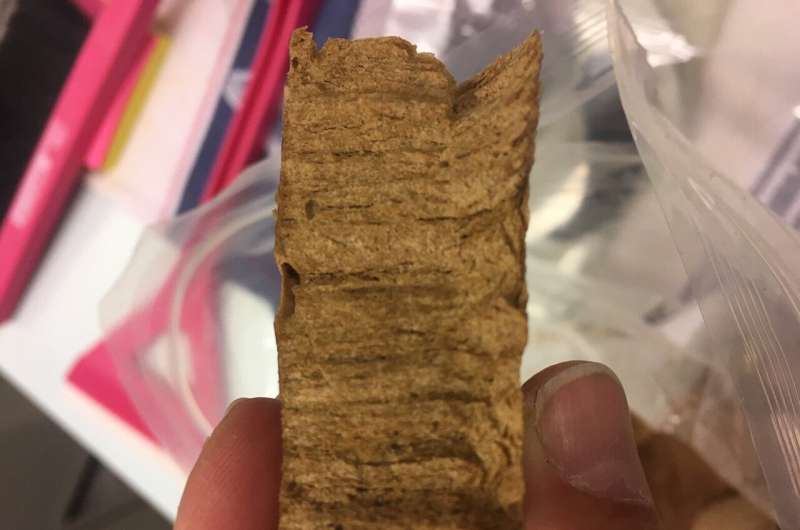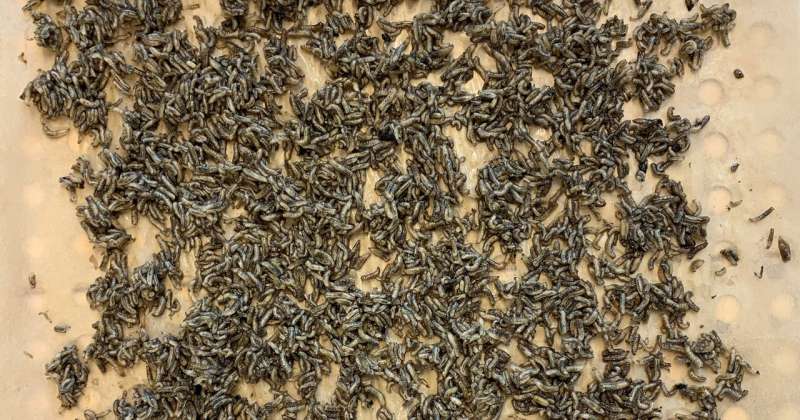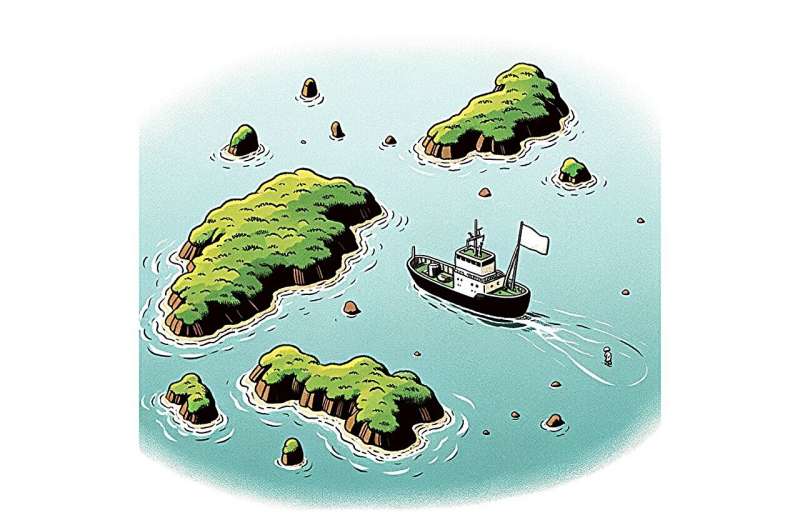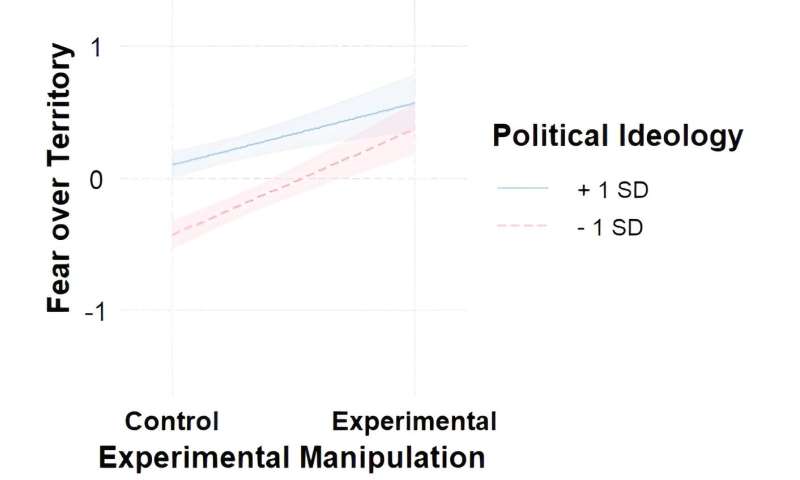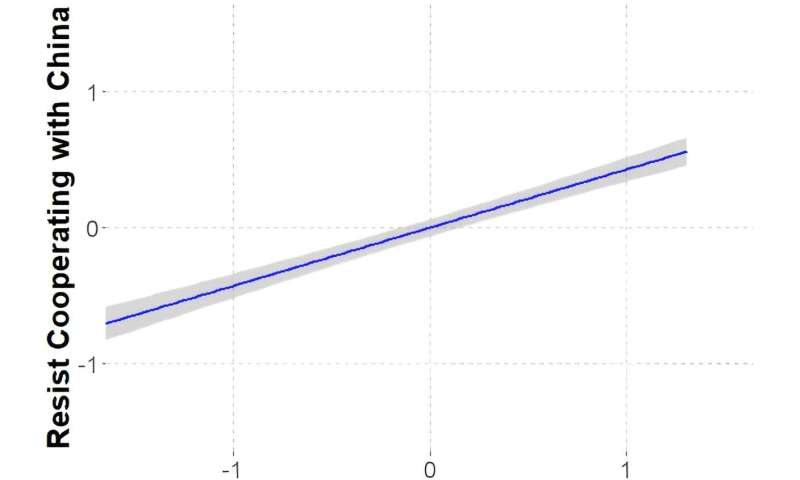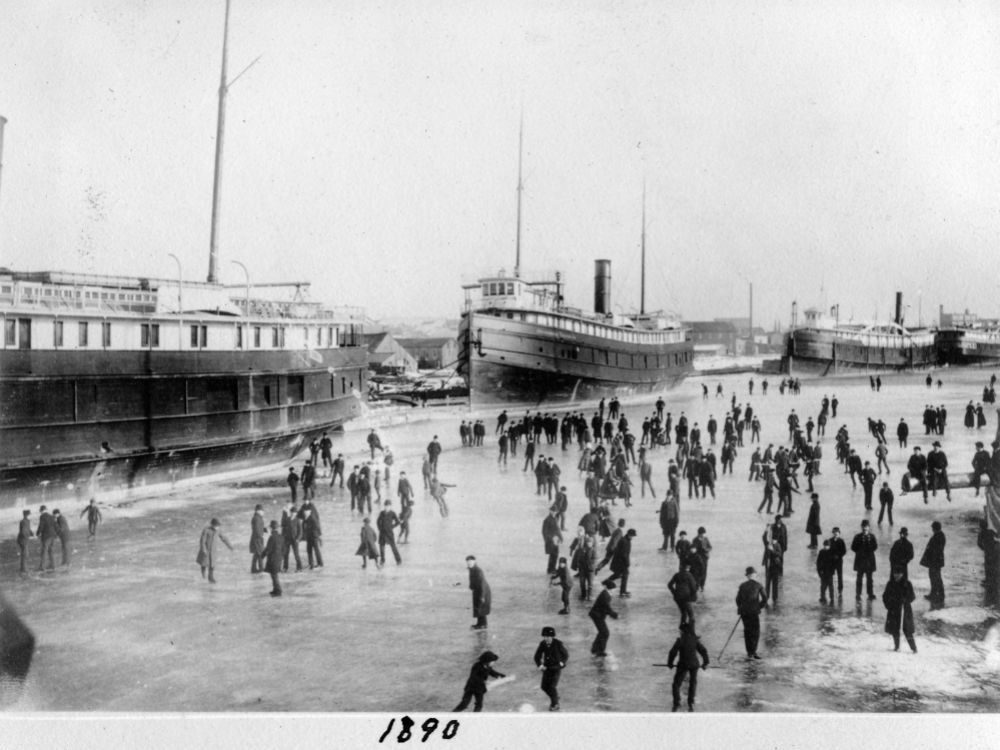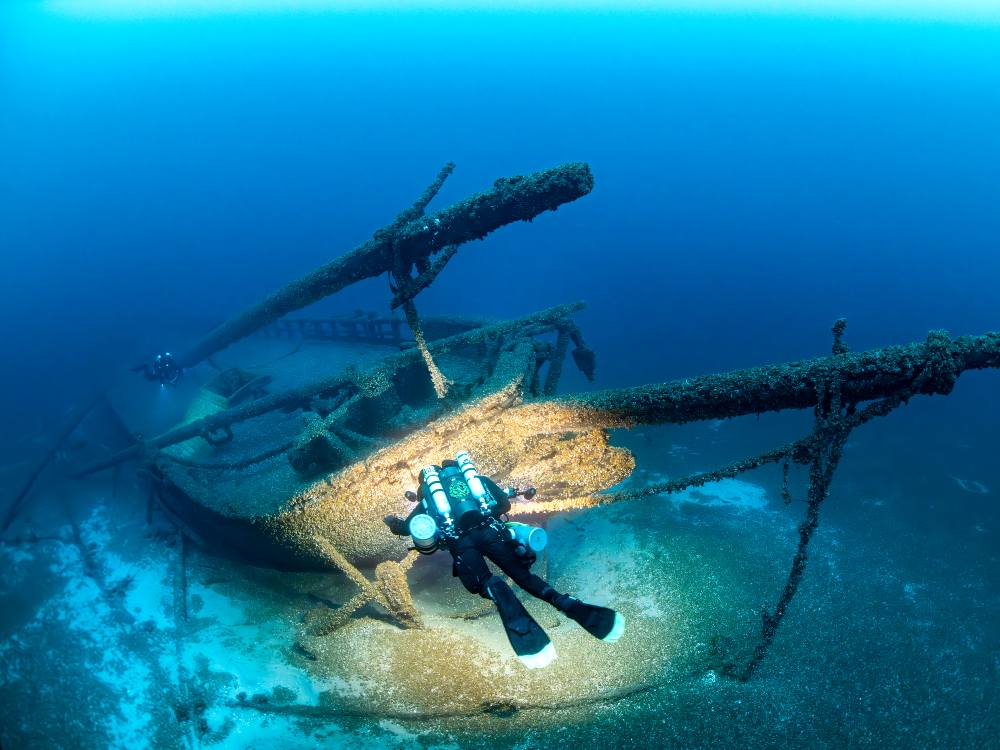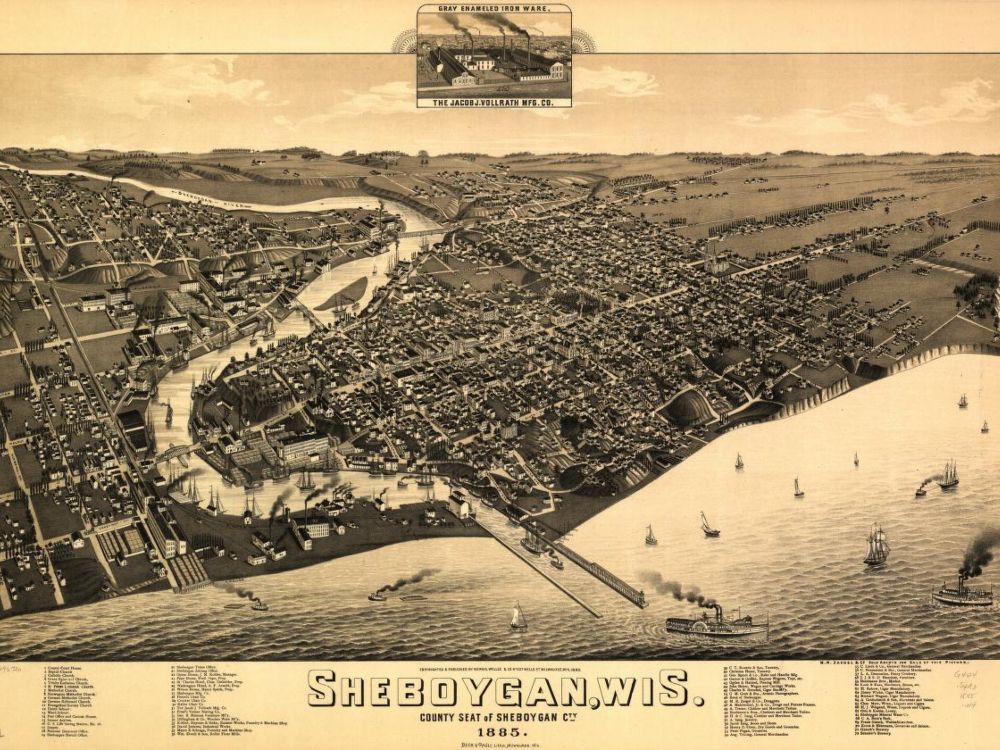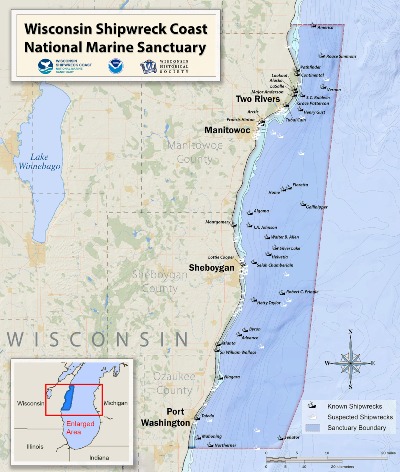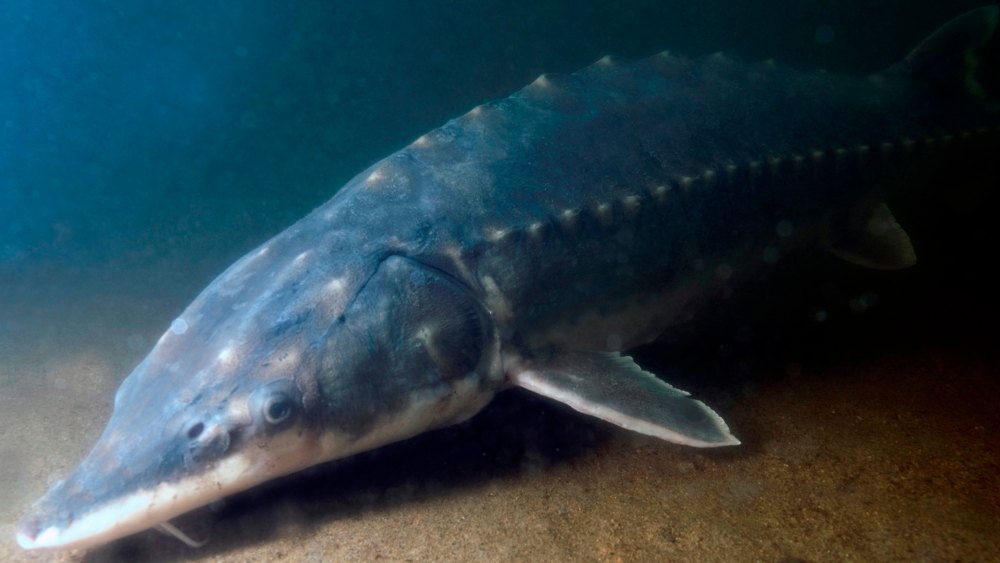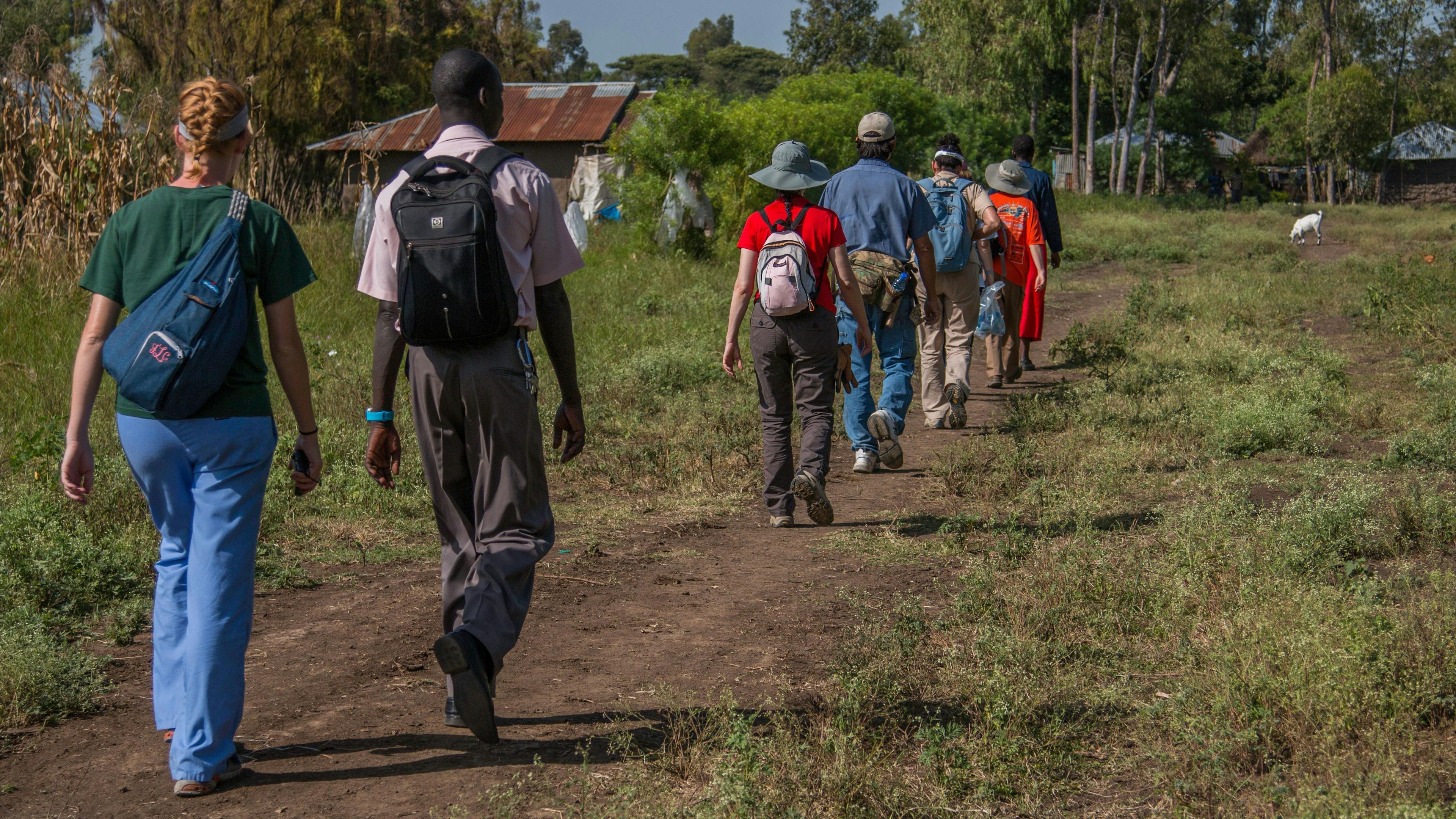By Turkish Minute
February 29, 2024
Men carry an injured Palestinian at Al-Shifa hospital after an early morning Israeli attack when residents rushed toward aid trucks in Gaza City on February 29, 2024. The health ministry in Gaza said Israeli forces shot dead dozens of people when a crowd rushed towards aid trucks. Israeli sources confirmed that troops opened fire at Palestinians, with one saying soldiers thought they "posed a threat,” and that many died when they were run over by aid trucks. (Photo by AFP)
Turkey on Thursday accused Israel of “another crime against humanity” after the killing of dozens of Palestinians when Israeli troops opened fire on them as they gathered around aid trucks for food in war-torn Gaza, Agence France-Presse reported.
“Israel has added another crime to its crimes against humanity,” the Turkish foreign ministry said.
“The fact that Israel, which has condemned Gazans to famine, this time targets innocent civilians in a queue for humanitarian aid, is evidence that (Israel) aims consciously and collectively to destroy the Palestinian people,” it added.
The health ministry in Gaza said the incident killed 104 people and wounded more than 750 others in a pre-dawn “massacre” in Gaza City.
The Israeli military said a “stampede” occurred when thousands of Gazans surrounded a convoy of 30 aid trucks, leading to dozens of deaths and injuries, including some who were run over by the lorries.
An Israeli source acknowledged troops had opened fire on the crowd, believing it “posed a threat.”
The looting of aid trucks had previously occurred in northern Gaza, where residents have taken to eating animal fodder and even leaves to try to stave off starvation.
Aid groups are warning of looming famine after nearly five months of war.
The war began on October 7 with an unprecedented Hamas attack on southern Israel that resulted in the deaths of around 1,160 people, mostly civilians, according to official Israeli figures.
Militants also took about 250 hostages, 130 of whom remain in Gaza, including 31 Israel says are presumed dead.
Israel’s retaliatory military campaign has killed 30,035 people, mostly women and children, according to the Gaza’s health ministry.
February 29, 2024
Statement from Refugees International:
“Refugees International is calling for an immediate independent investigation into the apparent mass killing of civilians today by the Israeli military during an attempted aid distribution in Gaza City. The United States should pause military assistance to Israel pending the completion of the investigation and accountability for those responsible.
This incident bears the clear hallmarks of a war crime. There is no justification for the killing of civilians desperate to receive lifesaving relief for their families.
The tragedy comes amidst a wider context of prolonged and intentional Israeli besiegement and collective punishment of Gaza’s civilians, particularly in Gaza City and other northern areas. Israel has strictly limited aid deliveries to the north for several months. As a result, one in four households in Gaza—around a half a million people—are experiencing catastrophic-level hunger. Gaza accounts for the “highest share of people facing high levels of acute food insecurity that the IPC initiative has ever classified for any given area or country.” A recent assessment shows that one in six children in the north face acute malnutrition, and 3 percent suffer from severe wasting. UNRWA reports that it has not been permitted to conduct a food distribution in the north since January 23. WFP announced on February 20 that it was temporarily suspending all deliveries to the north after its convoys were swarmed en route to delivery areas it had been prevented from accessing for weeks. Notably, this WFP incident did not produce a mass casualty event.
This strategy of deprivation has produced growing desperation and numerous reports of public order breaking down. U.S. humanitarian envoy David Satterfield recently raised public concerns about the ability to safely distribute aid within Gaza.
Meanwhile the IDF’s conduct in Gaza has created an atmosphere of impunity for violations of the laws of war. Large-scale killing of civilians has been normalized in the course of its military operations. IDF soldiers have posted countless photos and videos on social media of themselves mocking and humiliating the Palestinian population – many of which constitute war crimes evidence in their own right. Today’s violence occurs amid a consistent backdrop of undisciplined impunity.
This tragedy is a direct and inevitable consequence of Israel’s approach to the war in Gaza. The Netanyahu government has pursued a strategy of deprivation, indifference to civilian harm, and impunity, all implemented by undisciplined forces. The only surprise is that a tragedy of this nature had not happened sooner.”
Michael Hernandez |01.03.2024 -
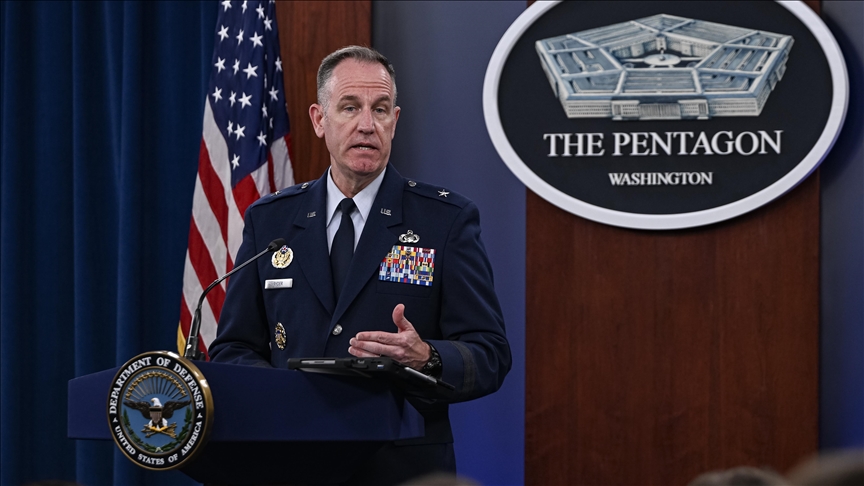
WASHINGTON
The Pentagon urged Israel Thursday to protect civilians during its ongoing operations in Gaza after over 100 malnourished people were killed while waiting for humanitarian aid.
Pentagon spokesperson Maj. Gen. Patrick Ryder said the reports emerging from Gaza are "alarming," adding that the "situation highlights the tragic nature of this conflict."
"We're, of course, very saddened to hear about this loss of innocent lives. And we do acknowledge, as I just said a moment ago, that too many civilians have been killed in Israel's military operations, and we continue to reiterate that civilian lives must be protected," he said.
"This situation also does underscore the critical importance of ensuring that much needed humanitarian assistance. can be delivered to the people of Gaza in a safe, secure and sustained manner," added Ryder.
Thursday's attack occurred at dawn as hundreds of Palestinians were waiting to receive desperately-needed humanitarian aid near the al-Nablusi roundabout area, south of Gaza City, when they came under Israeli fire, according to eyewitnesses. Gaza's Health Ministry said at least 112 Palestinians were killed and 760 others injured.
The Israeli military said an initial investigation found that the Palestinians had approached a military checkpoint overseeing the entry of the aid trucks and that soldiers had fired warning shots at their legs as they continued to advance towards the troops.
Israel has launched a deadly military offensive on the Gaza Strip since an Oct. 7 Hamas attack, which Tel Aviv said killed about 1,200 people.
At least 30,035 Palestinians have since been killed and more than 70,457 others injured amid mass destruction and shortages of necessities.
Israel has also imposed a crippling blockade on the Gaza Strip, leaving its population, particularly residents of northern Gaza, on the verge of starvation.
The Israeli war has pushed 85% of Gaza’s population into internal displacement amid acute shortages of food, clean water and medicine, while 60% of the enclave's infrastructure has been damaged or destroyed, according to the UN.
Israel is accused of genocide at the International Court of Justice. An interim ruling in January ordered Tel Aviv to stop genocidal acts and take measures to guarantee that humanitarian assistance is provided to civilians in Gaza.
Leaders from Palestine and neighbouring countries speak out against the ‘massacre’ of more than 100 people seeking aid.
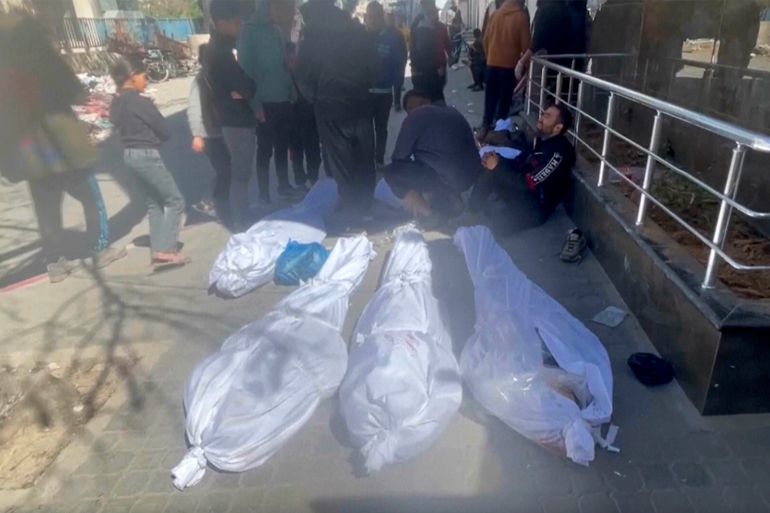
Published On 29 Feb 2024
Palestinian leaders and neighbouring countries have condemned Israel’s targeting of unarmed Palestinians collecting aid in Gaza, in an attack that has killed more than 100 people.
The office of Palestinian Authority President Mahmoud Abbas said an “ugly massacre conducted by the Israeli occupation army” had taken place, following reports on Thursday that Israeli forces opened fire on people receiving aid southwest of Gaza City.
The Gaza Ministry of Health said at least 112 people were killed and more than 750 wounded, and called on the international community to “urgently intervene” to forge a ceasefire as “the only way to protect civilians”.
“The killing of this large number of innocent civilian victims who risked their livelihood is an integral part of the genocidal war committed by the occupation government against our people,” Abbas’s office was quoted by the Wafa news agency as saying.
“Israeli occupation authorities bear full responsibility and will be held accountable before international courts.”
Palestinian group Hamas called the attack “a heinous massacre added to the long series of massacres committed by the criminal Zionist entity against our Palestinian people”.
In a statement, the group, which is fighting Israel in Gaza, said the deadly attack on aid-seekers was “unprecedented in the history of war crimes” and was part of Israel’s “war of starvation” against Palestinians in the enclave.
It called on the United Nations Security Council and Arab states to take decisions obligating Israel to stop its mass killings, ethnic cleansing, genocide and violations of international law in Gaza.
Hamas also said it holds Israel and the United States administration under President Joe Biden responsible for the escalation of the war.
Western ‘complicity’
After news of the attack, the Israeli army claimed that civilians in Gaza had attacked the aid trucks and dozens of people had been trampled – although this was disputed by witness accounts.
“At some point, the trucks were overwhelmed and the people driving the trucks, which were Gazan civilian drivers, ploughed into the crowds of people, ultimately killing, my understanding is, tens of people,” Israeli government spokesperson Avi Hyman told reporters.
“It’s obviously a tragedy, but we’re not sure of the specifics quite yet.”
Palestinian novelist Yusri al-Ghoul, who witnessed to the incident, spoke to Al Jazeera from Gaza City’s Shati Camp.
“They [Israel] are always saying their propaganda … I heard them when they are insulting us and shouting at the Palestinians, even the children … [saying] we will kill you every day,” he said.
“[If it was because of overcrowding], why were the knees and elbows being shot? … Why did the Israeli tanks target the Palestinian civilians?”
The White House said it was looking into reports of Israeli fire on Palestinians, describing it as a “serious incident”.
“We mourn the loss of innocent life and recognise the dire humanitarian situation in Gaza, where innocent Palestinians are just trying to feed their families,” a White House National Security Council spokesperson said in a statement on Thursday.
Biden later said that Washington was checking “two competing versions of what happened”, before adding that the killings would make negotiations over a ceasefire in Gaza more difficult. State Department spokesperson Matthew Miller said the US has asked Israel to provide answers.
Advertisement
The United Nations’ aid chief Martin Griffiths said he was appalled at the “reported killing and injury of hundreds of people”.
“Even after close to five months of brutal hostilities, Gaza still has the ability to shock us,” Griffiths said. “Life is draining out of Gaza at terrifying speed.”
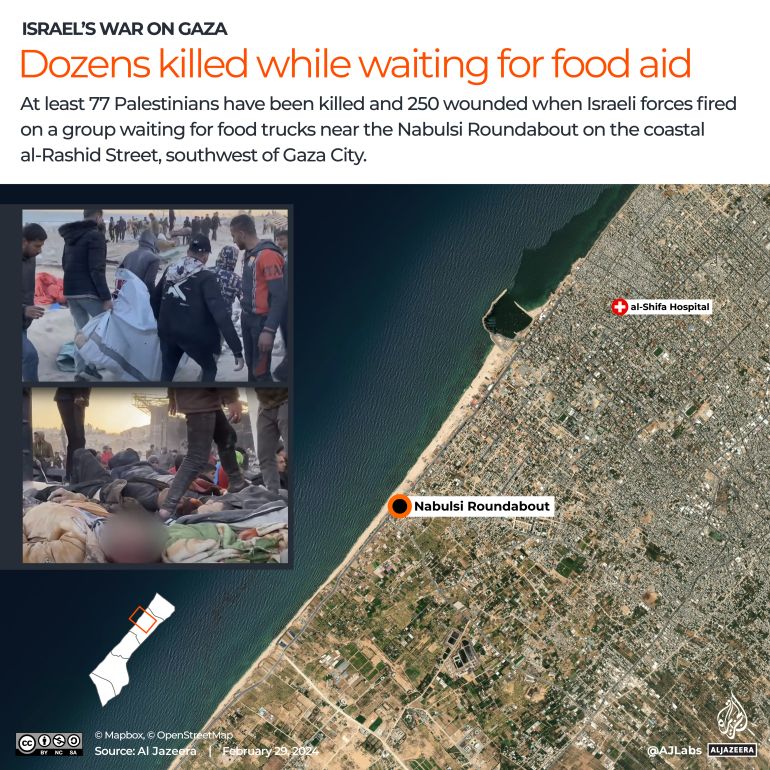
International condemnation
Egypt, which neighbours Israel and the southern Gaza Strip, meanwhile condemned the attack.
“We condemn the inhumane Israeli targeting of … unarmed Palestinian civilians in the Nabulsi roundabout in the northern Gaza,” Egypt’s foreign ministry said in a statement. “We consider targeting peaceful citizens rushing to pick up their share of aid a shameful crime and a flagrant violation of international law.”
Jordan’s foreign ministry also released a statement, saying, “We condemn the Israeli occupation forces’ brutal targeting of the gathering of Palestinians who were waiting for aid on the Nabulsi roundabout near Al-Rashid Street in Gaza.”
Saudi Arabia also joined in the condemnation. A foreign ministry statement said Riyadh rejected “violations of international humanitarian law from any side and under any circumstance”, and called for the international community to compel Israel to open secure humanitarian corridors into Gaza.
For her part, the Belgian deputy prime minister, Petra De Sutter, said she was “horrified by the news of today’s massacre”.
“Murdering people queueing for essential humanitarian aid?” De Sutter wrote in a social media post. “This is a flagrant violation of international humanitarian law and fully goes against the [International Court of Justice’s] provisional measures.”
Mustafa Barghouti, the secretary-general of the Palestinian National Initiative, called the attack another “horrible crime” committed by Israel.
“These were civilians who are starving because Israel has been depriving them from food for months and does not allow any supplies to them for more than a month now,” he told Al Jazeera from Moscow.
“And then they try to justify it by saying that Palestinians are responsible for being killed by the same Israeli soldiers? It’s unbelievable.”
Barghouti also decried “the silence” of Western countries and blamed their governments for being “complicit with these crimes and allow them to happen”.
“This should stop immediately,” he said. “It cannot stop without an immediate, permanent, complete and total ceasefire.”
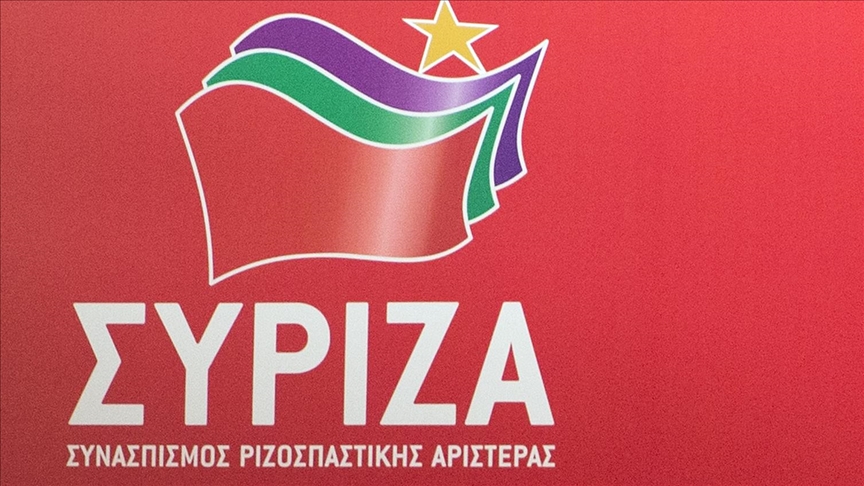
ATHENS
Greece's leftist opposition parties expressed solidarity with Palestinians after an Israeli airstrike killed more than 100 civilians in the Gaza Strip.
"The Government, instead of being afraid to utter the words 'cease-fire,' sticking to the logic of the 'given ally,' should take the lead — like other European countries — in the effort to secure it," the SYRIZA party said in a statement.
It reiterated its solidarity with the "hard-pressed" Palestinian people, its strong condemnation of the killing of civilians in the Gaza Strip, and underlined the need to support the UN efforts for an immediate cease-fire in the territory.
The statement came after Israeli forces shelled a crowd of Palestinians early Thursday as they awaited humanitarian aid south of Gaza City, killing at least 112 Palestinians and injuring 760 others, according to the Gaza-based Health Ministry.
SYRIZA also called for an end to the humanitarian crisis, the return of the Israeli hostages, and the immediate resumption of credible talks for a two-state solution based on the pre-1967 borders, with East Jerusalem as the capital of Palestine.
Moreover, the Greek Communist Party (KKE) called the Israeli attack "yet another heinous criminal act in the ongoing genocide of the Palestinian people," in a statement.
"Now the solidarity of the Greek people and the youth towards the people of Palestine must be strengthened even more decisively, demanding ‘freedom in Palestine’, stop the carnage in Gaza," it said.
In addition, the social-democratic PASOK party's spokesperson, Dimitris Mantzou, said in a statement that the attack "reveals that the humanitarian tragedy of Gaza is intensifying, now taking on unprecedented proportions."
He demanded that the government intensify its efforts, within the framework of the international community, for an immediate cease-fire, for the end of bloodshed and the return of the hostages to Israel.
Israel has launched a deadly military offensive on the Gaza Strip since an Oct. 7, 2023 Hamas attack, which Tel Aviv says killed nearly 1,200 people.
At least 30,035 Palestinians have since been killed and over 70,457 others injured amid mass destruction and shortages of necessities.
Israel has also imposed a crippling blockade on the Gaza Strip, leaving its population, particularly residents of northern Gaza, on the verge of starvation.
The Israeli war has pushed 85% of Gaza’s population into internal displacement amid acute shortages of food, clean water, and medicine, while 60% of the enclave's infrastructure has been damaged or destroyed, according to the UN.

:focal(2076x1403:2077x1404)/https://tf-cmsv2-smithsonianmag-media.s3.amazonaws.com/filer_public/b6/28/b628cb35-7356-4e46-b74e-8cf105f70316/gettyimages-1225701204.jpg) The novel is set during the early days of the pandemic, when New Yorkers applauded from their windows each night for medical staff and essential workers. Noam Galai / Getty Images
The novel is set during the early days of the pandemic, when New Yorkers applauded from their windows each night for medical staff and essential workers. Noam Galai / Getty Images
/https://tf-cmsv2-smithsonianmag-media.s3.amazonaws.com/accounts/headshot/Catherine_Duncan_headshot.png)
